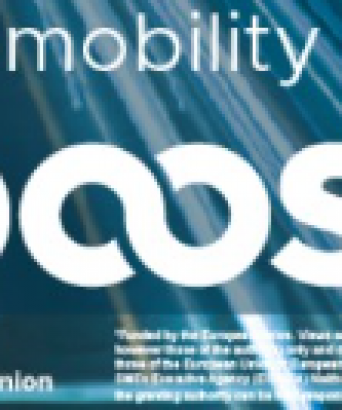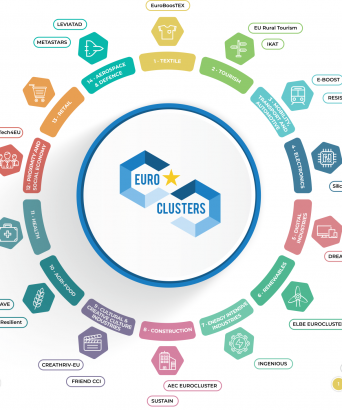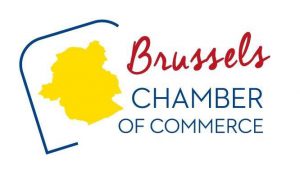Pending the introduction of a definitive intra-Community regime, Europe adopted some specific measures, known as ‘quick fix’, aimed at harmonising certain provisions applicable to intra-Community trade in goods. Note that other VAT reforms are ongoing, particularly in the field of e-commerce, so stay alert!
1. Strengthening the conditions for exemption for intra-Community supplies
New substantive conditions are added to the exemption for intra-Community supplies of goods. From now on, intra-Community supplies of goods can only be exempted if all the following conditions are met:
- The goods are transported or dispatched to another Member State
- The purchaser must be identified for VAT purposes in a Member State other than that of the departure of the transport (e. VAT number valid in VIES)
- The purchaser must communicate this VAT number to the supplier
- The supplier must carry over the transaction in his intra-Community listing, in time and without error.
As regards proof of transport, the Royal Decree No 52 has been adapted and now gives the following three possibilities to prove the transport from Belgium to another Member State:
- A body of consistent commercial documents
- Two documents as referred to in Article 45a Implementing Regulation No 282/2011
- The destination document (see Decision AND 129.460 dd.(01.07.2016) combined with the invoice for transport where this is done on behalf of the supplier
2. Introduction of a special scheme for call-off stock stocks
A stock under a deposit agreement implies that the supplier is aware, when sending its stock in another Member State, of the identity and VAT number of the purchaser, who will have the opportunity to acquire ownership of the goods at a later date.
Such a situation implied that the transaction was broken down into a transfer treated as an intra-Community supply in the Member State of departure and to an intra-Community acquisition in the Member State of arrival, followed by a local sale. This required the vendor to be identified for VAT purposes in the Member State of destination.
From now on, such transactions will be regarded as one intra-Community supply made by the vendor in the Member State of departure, and an intra-Community acquisition by the purchaser known in the Member State of arrival, subject to the following conditions:
- The seller and the known buyer are taxable persons identified for VAT purposes.
- The seller is not established in the Member State in which the goods are sent
- The goods are transported to another Member State for subsequent purchase by the taxable person to whom the goods are sent.
- The recipient of the goods is identified for VAT purposes in the Member State of registration.
- The supplier informs his purchaser’s VAT number in his listing at the time of dispatch of the goods.
- Goods must be sold within 12 months of arrival at the beneficiary (unless returned within this deadline and discharged into the register)
- The seller and the consignee shall keep an appropriate register in their respective country.
3. Simplification of the allocation of transport in the course of chain sales
Chain sales consist of several successive supplies of the same goods, which are transported from the first seller to the last buyer in another Member State.
In such a scheme, the exemption for intra-Community supply can be invoked only in respect of one of those supplies. Other sales are made in local supplies subject to VAT.
The difficulty of such a scheme therefore lies in the correct allocation of transport when the transport is carried out by an intermediary operator in the chain. An intermediary operator is a supplier other than the first seller, who transports the goods himself or via a third party on his behalf (ie. B in case of ABC sale).
From now on, the transport will be attributed to the intermediate operator by means of a presumption. For example, when B transports the goods in a chain of ABC sales, the transport will be attributed to the AB relationship.
Any questions?
Answers on 3 February to the seminar “Quick Fixes: what new VAT rules for intra-Community trade in goods?”
Kim Bar
VAT specialist — Vatsquare





